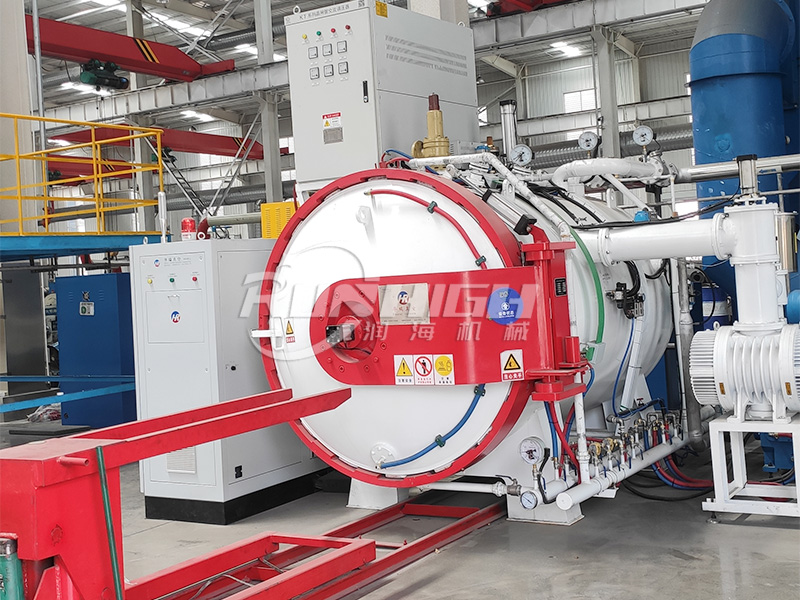First, the difference between vacuum furnace and ordinary furnace
Vacuum furnace is a equipment for heating treatment in low pressure or even high vacuum state, mainly used to deal with oxygen sensitive materials, such as steel, titanium alloy and so on. Compared with ordinary furnaces, vacuum furnaces can better protect the surface of materials and improve product quality because they reduce the influence of gases such as oxygen and water vapor. In addition, the heating method in the vacuum furnace is generally electric heating, so the heating speed is faster than that of the ordinary furnace.
Ordinary furnaces are suitable for processing some materials that are not sensitive to oxygen or other gases, such as aluminum alloys, nickel alloys, etc. There are various heating methods of ordinary furnaces, including electric heating, gas heating, oil heating and so on. Compared with the vacuum furnace, there is more gas in the heating process of the ordinary furnace, which means that the surface of the material may be polluted and oxidized by the gas.

Second, the scope of application of vacuum furnace and ordinary furnace
Vacuum furnace is suitable for some high-precision, high-quality materials heating treatment, such as precision molds, cemented carbide and so on. Because the vacuum furnace can better protect the surface of the material and reduce the influence of gas, the molding accuracy and life of the product can be improved.
Ordinary furnaces are suitable for heating some materials that are not too sensitive to oxygen or other gases, such as casting parts, steel materials, etc. The heating method of ordinary furnace is more flexible, which can be adjusted according to different materials and process requirements, and has strong adaptability.
Third, the advantages and disadvantages of vacuum furnace and ordinary furnace
From the point of view of protecting material surface and improving product quality, vacuum furnace is obviously better than ordinary furnace. However, the vacuum furnace also has some disadvantages such as high cost and difficult operation. In contrast, the cost of ordinary furnaces is lower and the operation is simpler, but the heating efficiency is not as good as that of vacuum furnaces. In addition, due to the presence of gas in the heating process of the ordinary furnace, the working environment needs to be protected, otherwise it will cause pollution to the environment.
In summary, vacuum furnaces and ordinary furnaces each have their own scope of application and advantages and disadvantages, and are selected according to different processing requirements and product quality requirements.